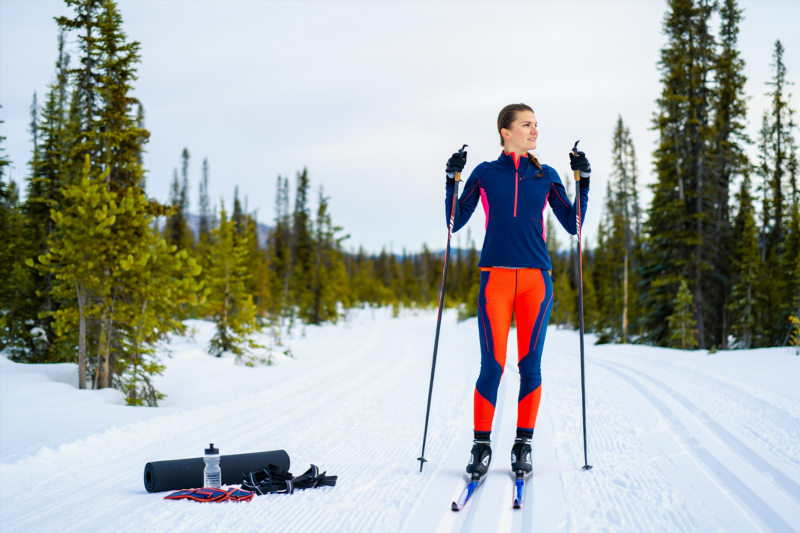Unlock Your Full Potential by Maximizing Offseason Training
Engaging in targeted offseason training is the secret weapon for cross-country skiers aiming to elevate their performance. Whether you’re a beginner or an elite athlete, leveraging these strategic training periods can lead to remarkable improvements in technique, stamina, and race results. In this comprehensive guide, we explore proven strategies to maximize your offseason efforts, ensuring you’re race-ready when the snow returns.
Why Train During the Offseason?
The Benefits of Offseason Training
- Continuous Progress: Maintains momentum, preventing atrophy of skills and fitness.
- Enhanced Performance: Builds a stronger, more resilient body, translating into faster, more efficient skiing.
- Reduced Injury Risk: Proper conditioning lowers the likelihood of injury during peak season.
- Mental Readiness: Keeps motivation high and develops mental toughness.
Common Misconceptions
Many skiers believe the offseason should be a time of complete rest. However, strategic training is essential, focusing on recovery while enhancing key fitness components.
Effective Offseason Training Strategies
1. Cross-Training for Overall Fitness
Incorporate activities like cycling, running, swimming, or weight training to develop cardiovascular health, muscular strength, and flexibility.
Benefits:
- Reduces overuse injuries from skiing.
- Builds complementary muscle groups.
- Keeps training varied and engaging.
2. Focused Technique Drills
Use this period to refine your skiing skills with technical drills, video analysis, and coaching feedback.
Key areas:
- Efficient double poling
- Uphill techniques
- Steady glide and glide recovery
3. Strength and Conditioning
Implement a tailored strength program emphasizing core stability, leg power, and balance.
Sample routine components:
| Exercise | Focus Area | Frequency |
| Squats, Lunges | Leg strength | 2-3 sets of 8-12 reps |
| Planks, Russian Twists | Core stability | 3 sets of 30-60 sec |
| Plyometrics | Explosive power | 2 times/week |
4. Endurance Building
Gradually increase aerobic capacity with low-intensity, long-duration workouts.
5. Flexibility and Mobility
Regular stretching and yoga prevent injuries and improve range of motion.
Tracking Progress and Setting Goals
Create a Structured Offseason Plan
- Define clear, measurable goals (e.g., improve endurance, refine technique).
- Use training logs or apps to monitor improvements.
- Schedule regular assessments (e.g., timed interval tests).
Adjust as Needed
Remain flexible and adapt your plan based on progress and feedback from your body.
Stay Motivated During the Offseason
- Join online communities or local training groups.
- Participate in virtual challenges.
- Keep the focus on your long-term success.
FAQs: Offseason Training for Cross-Country Skiers
When is the best time to start offseason training?
Ideally, begin once the competitive season ends, allowing for a cooldown period before ramping up targeted workouts.
How much should I train during the offseason?
Balance is key—aim for 3-5 sessions per week, focusing on variety and recovery to prevent burnout.
Can I maintain my race fitness without snow?
Yes. Use dryland training, roller skis, or alternative activities to simulate skiing movements.
Maximize your off-season training to unlock new levels of performance. By implementing strategic workouts that combine strength, endurance, technique refinement, and flexibility, you’ll not only improve your skiing results but also enjoy a healthier, more resilient body. Start planning today—your future race wins depend on it.
Ready to take your cross-country skiing to the next level? Explore our expert-guided workout programs, race insights, and gear recommendations tailored for every skill level. Join our community and train smarter during the offseason to achieve lasting success on snow!
